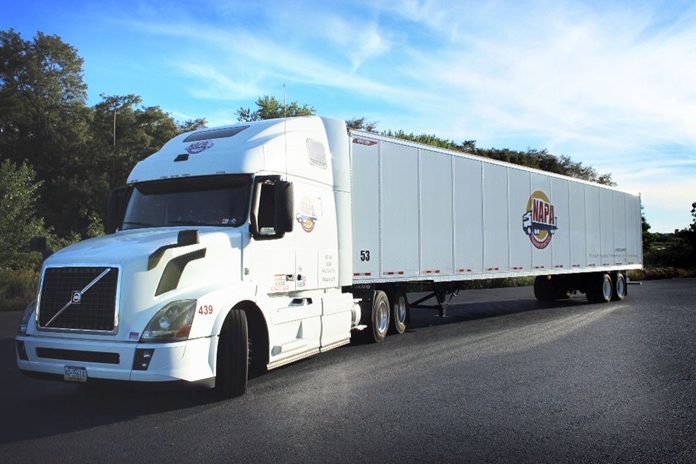
The other week, someone asked me why there’s never a “best before” date on bottles of wine. It’s a good question. After all, they appear on almost all other consumables, even cans of dog food. So why not wine? Some boxed wines have the packing date stamped underneath but it’s often in minuscule print and you might need a magnifying glass to find it. You might be surprised to know that the concept of “best before” dates is relatively recent. They were first introduced in the UK in the 1950s but didn’t become established until about twenty years later. Contrary to popular belief, they are only approximate and according to Smithsonian Magazine, food expiration dates are often simply made up by the manufacturer. A few countries don’t use them at all.
There is a persistent myth that wine improves with age. Some optimistic people believe that if they leave a bottle of cheap plonk in the cupboard for a few years, the Wine Fairies will get to work and somehow turn it into liquid gold. Needless to say, it’s complete nonsense. Cheap plonk will always be cheap plonk however long it languishes at the back of your cupboard, which incidentally is the worst place you can possibly store it. Rather than improve, it will soon begin to decay and you will left with a dismal thing resembling vinegar. It might be useful for cleaning out the gearbox of a tractor, but not much else.
A few months ago, one of my friends offered to bring a “special” bottle over for us to try. “It’s been in the cupboard for years,” he enthused. “So it should be pretty good by now.” My heart sank. The wine turned out to be a once-decent Sauvignon Blanc but the label revealed that it was over seven years old. I tentatively opened the bottle and was greeted by the distinct aroma of rotting vegetables. The wine had turned a light brown and was undrinkable. My friend was clearly disappointed that his “old” wine was not just over the hill, but half way down the other side. Even the dogs turned it down.
You see, the vast majority of wine is made for early consumption, ideally within a year or so. Commercial table wine has a shelf-life of about two or three years, assuming that the storing conditions and temperature are appropriate. If you see ordinary table wine in the supermarket older than four years, it’s often safer to leave it on the shelf. Wine that comes in boxes or bags has a shelf-life of about a year. Some companies claim that once opened, a boxed wine is drinkable for up to six weeks but I’d take that with a pinch of Himalayan mountain salt.
In the case of top-quality Bordeaux or Burgundy intended for long-term ageing, “best before” dates would be pointless. When a fine vintage is bottled, no one is absolutely certain when it’ll be at its best – it could be decades into the future. The only way to check on a fine wine’s development is to taste a sample bottle from time to time, which in fact is exactly what happens.
You’d have thought that with ordinary table wines it would be easier to define a “best before” date. But not so. There are too many variables over which the wine-maker has no control. Unlike other food products, wine can be severely damaged by careless handling. A bottle of European table wine for example is likely to have a longer life if stored correctly in its home country than an identical bottle that has been transported by various means to a shop on the other side of the world.
I’ve found that in these parts, the two most common wine problems are oxidation and heat damage, despite the fact that nearly all commercial wines are heat-stabilized during the winemaking process. Wine writer Laura Burgess believes that the threshold for heat damage begins at about 70°F (21°C). Wine damaged by heat tastes rough or acidic and red wine acquires a kind of jammy sweetness, sometimes with astringent tannins.
Oxidized wine is a more common problem, especially in restaurants. Once a bottle has been opened and partially used, the remaining wine oxidizes rapidly. It’s the same chemical process – more or less – that changes the colour of apple slices from white to brown. And like apples, white wines go brown too, whereas reds take on a sherry-like aroma of stewed fruit.
Of course, a bottle of wine does not suddenly “go off” because it’s a gradual process. The aromas and flavours slowly fade and the freshness diminishes. Chemical changes sometimes cause unwelcome odours to develop. There is no single cut-off date. And all this, in a rather small and simplified nutshell, is why there can be no reliable “best before” date for wine.
To avoid buying a duff bottle in the supermarket, remember that as far as commercial wine is concerned, younger is safer. And let’s face it; a lot depends on the experience of the consumer. Would you really notice for example, if your glass of wine was mildly oxidized or heat damaged? Possibly not.
Not long ago, I was in a local restaurant with a group of friends (yes, I do have some). We’d opted for a large carafe of house red but it turned out to be ever-so-slightly oxidized. The faded colour and dodgy aroma gave it away. But my merry friends were clearly none the wiser and knocking it back with abandon. It would have seemed churlish to make a comment.
 |
 |
 |





